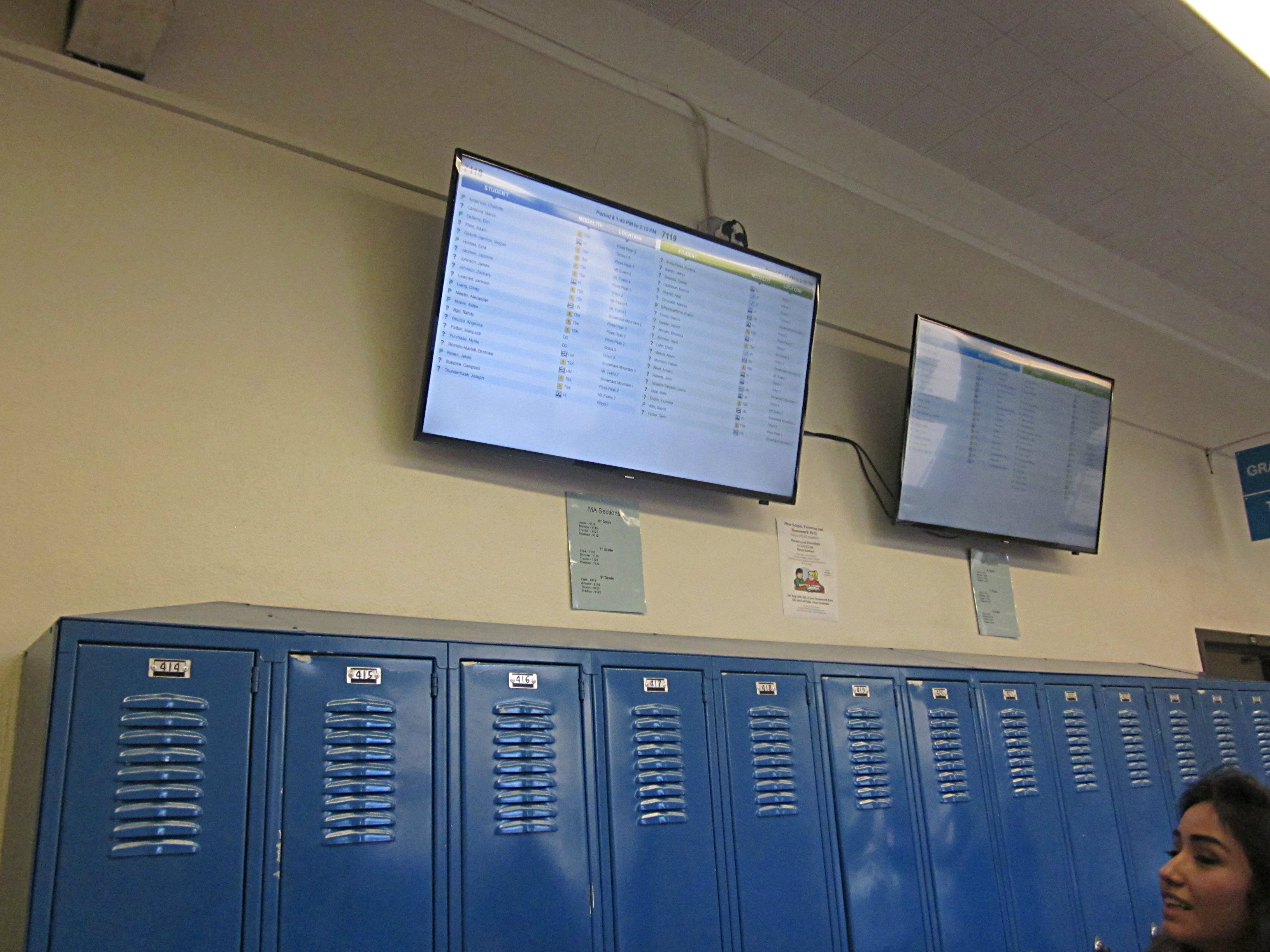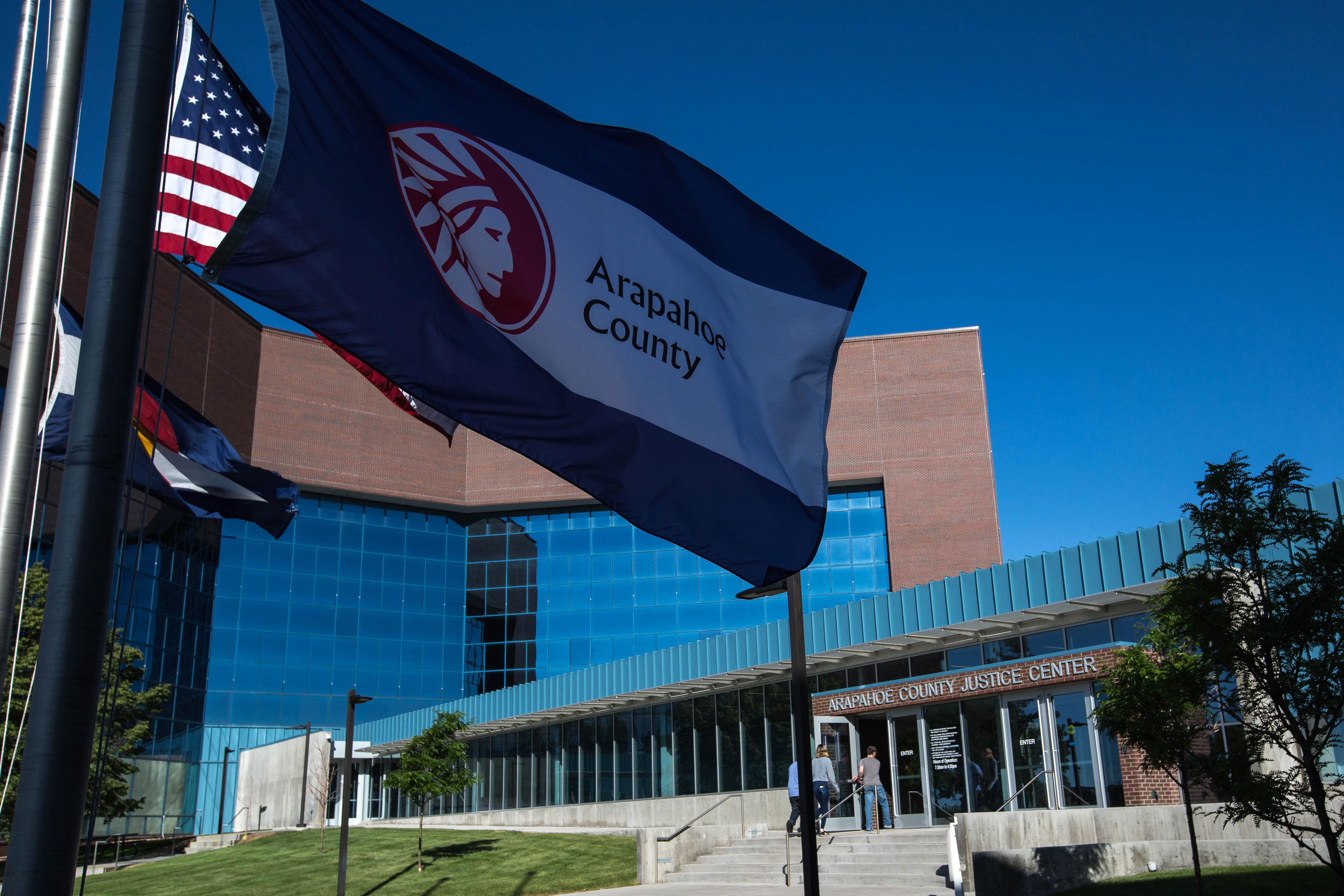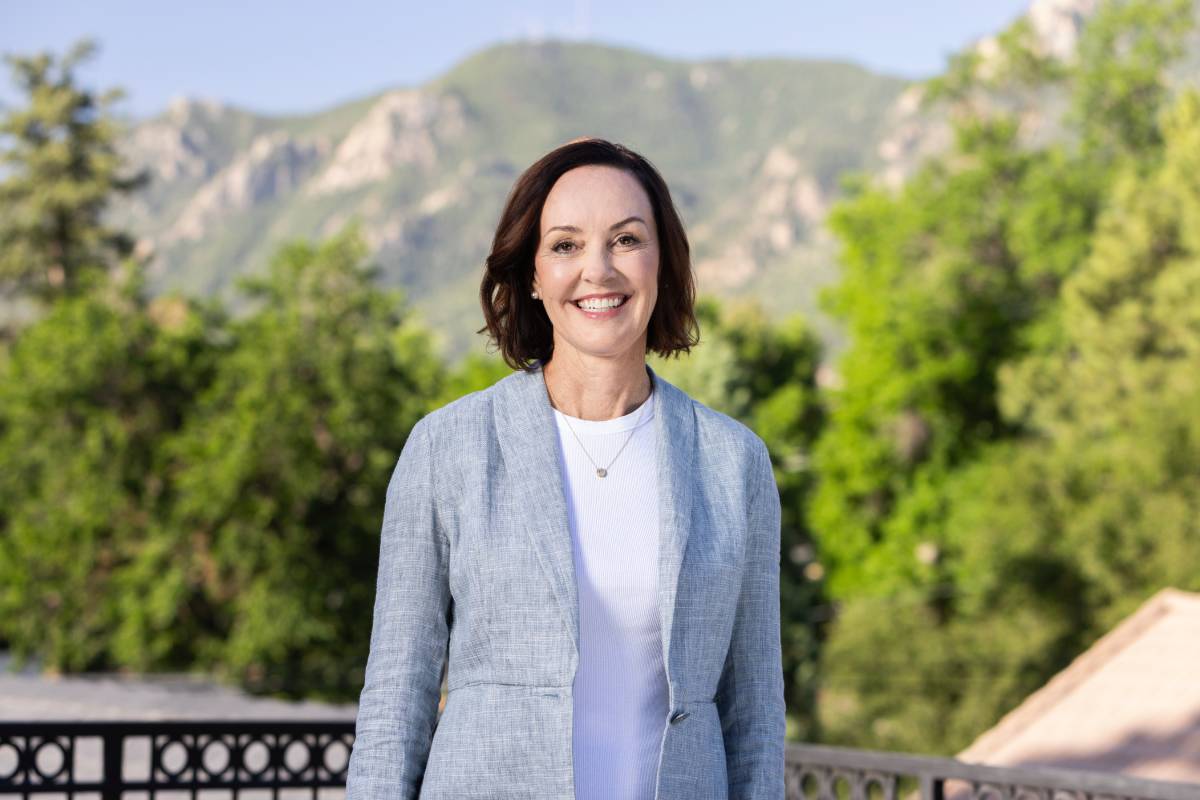
Many American students struggle in math. And the statistics show it: High schoolers who take international math tests ranked 36th in the world.
I could have been part of this statistic. When we got to permutations, combinations and binomial theorems in my high school math class, I just hid in the back of the classroom. Mr. Yeske only paid attention to the kids at the front anyway. So I slipped further and further behind.
Morey Middle School principal Noah Tonk says this is how thousands of students fall through the cracks, and it’s why he wanted to try something new. So Morey is one of two Denver middle schools piloting a program that makes math personal.
Here's why that's tricky: everything in math is sequential.
That means that in most classrooms, in order to know the material in Chapter 13, you need to know the material in Chapter 12.
"So the kid who didn’t do well in Chapter 12, that child is going onto 13 completely unprepared," said Tonk. "We need to be focusing far more on what kids individually need and less on moving at a curriculum pace."
It also doesn’t make sense that schools assume students learn at the same pace from September through June.
"Why can’t kids finish Algebra 1 in September, why can’t kids start Algebra 2 in March?" he said. "It’s because we are beholden to an education calendar that assumes that all kids will go farm in the fields in June and be there in mid-August when the harvest comes in," Tonk said. "The idea that we are holding kids’ learning hostage as a result of a calendar is crazy."
The notion that all children learn at the same pace doesn’t make sense to many teachers either, like eight-year veteran math teacher Chris Brinster.

"You have 30 kids in a room," he said. "You’re always going to have those kids who don’t need what you’re teaching, who are ready for a next step, but the class isn’t ready. You’re also going to have students who are far enough behind, you know you can help them get there, but the amount it would take is just daunting. So for all of your kids to be able to access that lesson at the same time is very difficult."
What tends to happen is the kids who are far ahead lose interest, and the kids who are struggling have another day of not moving forward or another day of hiding at the back.
'Can’t Hide In The Back'
Teach to One, a math program offered by New York-based non-profit called New Classrooms Innovation Partners, aims to change that dynamic.
In this new math program, each student follows a customized program that lets them learn at their own pace and master each concept before moving onto the next one. Right now, Teach to One is in only 28 schools across the country.
It’s not cheap. In fact, it’s one of the more expensive math programs out there, at $100 per student, plus support costs. Denver's two pilot programs are covered by grants and the district.
On the positive side though, one study shows second-year academic gains for Teach to One students on average far outpace student performance in regular classrooms.
"You can’t hide the back of the classroom and just never make eye contact with the teacher to never get called on. You have to show every single day how much you’ve learned," said Alisha Janes, the school’s math director.
That’s because in Teach to One in order to move on to the next level, you have to master certain skills first. Janes calls it "owning" your own learning.

Thirteen-year-old Celise Rodriguez has always been strong at math. Last year she was in a higher level math class, but she struggled. Though she sailed through positive and negative integers she needed more time with quadratic equations.
"I learn at a very slow rate sometimes, and the teacher we had didn’t exactly go slow even though I had some outside help from him," Rodriguez said.
Now in the eighth grade, Rodriguez is back to being a top student.
"I feel with this program, now I am able to do it [math] at my pace, and if I am having trouble, I can slow down on my own and I can learn the way I want to," she said.
A CD Of Skills
Teach to One takes advantage of today’s technology to keep track of exactly what each student is learning each day and creates a program individually tailored to that student’s needs.
On her laptop is a multi-colored "wheel." It looks like a CD. It’s her "personalized skill library." It lists all the math skills she’s mastered. And there’s a current play list: all the skills she’s supposed to learn by a certain target date, "transformations, exterior angles, transversals, Pythagorean Theorem, 3-D shapes, distance formula, and compound probability."
The program tells Rodriguez today she’s working on slope and line intercept. At the top of the screen is a summary of the concept. It also tells Rodriguez where she’s going and what she’ll be doing.

Instead of student sticking with the same teacher for a 90 minute math clock, they rotate among four teachers every 35 minutes in a new classroom.
Students may start with virtual lesson in one room, or go to another room for problem solving with a group of students working on the same skill. Or in another room, it might be a teacher leading a hands-on investigation, solving a real-world math problem.
Eighth grader Bridgette Coughlin says she likes moving seats.
"It gets me on my feet, it’s always exciting to get a change in the environment and it’s also nice to sit with different people who I haven’t really talked to this year," she said.
The idea is kids learn better from different teachers and different methods. At the end of the math block, kids return to their "homerooms" to take a little test, an "exit ticket," on the skill they learned that day. The room is silent.

"As soon as they click submit," explains math director Alisha Janes, "they get feedback on which questions they got correct or incorrect and why it might be incorrect."
"If you don’t do good on your exit ticket, then it give you it again so you have a chance to keep trying it to get it right," said student I’sharee Oaks.
Overnight, an algorithm spits out a student’s schedule for the next day – perhaps working on the same skill in a different way -- or moving on.
Missing A Teacher's Touch

Teach To One isn’t without frustrations. Students say some online math lessons are better than others. Sometimes eighth grader Jeremy Schrieber says, he misses a teacher’s touch when it comes to tests.
"Because if you’re taking a test with a teacher, they can see if you forgot to carry the "1", they can see that you understand how to do it, and they’ll still pass you but computers they just say, ‘if you got the right answer you pass, if you got the wrong answer you fail," he said.
Initially, some advanced students found the work wasn’t hard enough. But the program’s developers have responded, letting advanced students like Jeremy Schrieber work at a faster pace.
"You can really go farther ahead than you can in a regular math class," he said.
Still, teacher Chris Brinster says he’s seen the biggest change in attitude in his struggling students.
"Over these last couple of months, I’ve seen a lot of kids that have gone from behaviors to avoid math to ‘OK I can do this,’ and they’re really, really proud when they get the little sparkly green [award] on their screen and they get a trophy over here and they’re showing you the screens at the end of the day," he said.
Shift For Teachers
Math director Alisha Janes says it took a lot of logistical work and training to set it up the program. There were computer crashes in the beginning but those have largely been sorted out. The new program has also meant all math teachers are together responsible for all math students.
"It seems like a subtle shift but it’s a really different way of thinking about teaching," she said. "It’s moving in together instead of just collaborating."
Janes, who also teaches math classes, says the program gives teachers more tools. Before, she didn't have the time to give each student a personalized lesson.
"Because even though there are all these tech tools out there, it would take me hours to match each kid with the right tool for them; whereas this program does that for me," she said.
Teacher Chris Brinster agreed, noting how hard it would be to go back to using only text books.
"I don’t know if I could go back to just teaching 30 kids the lesson because it’s this day and that’s the lesson we do."









